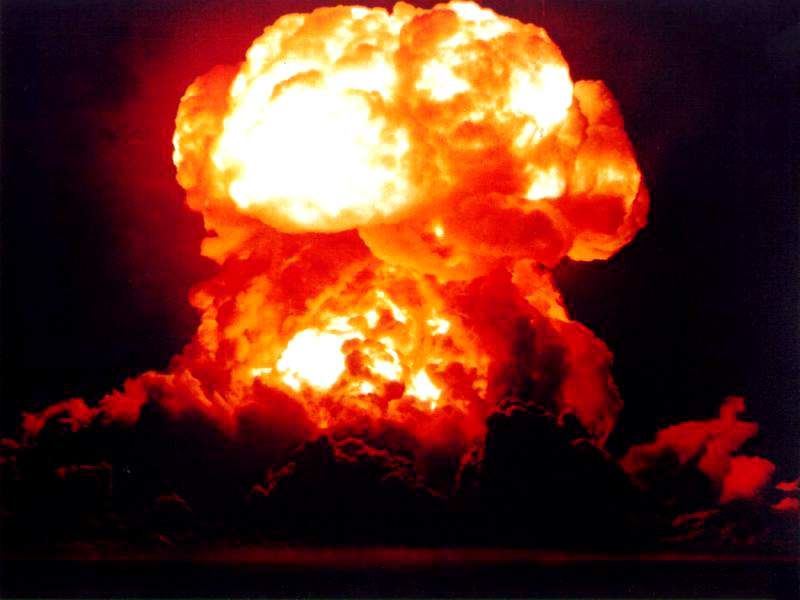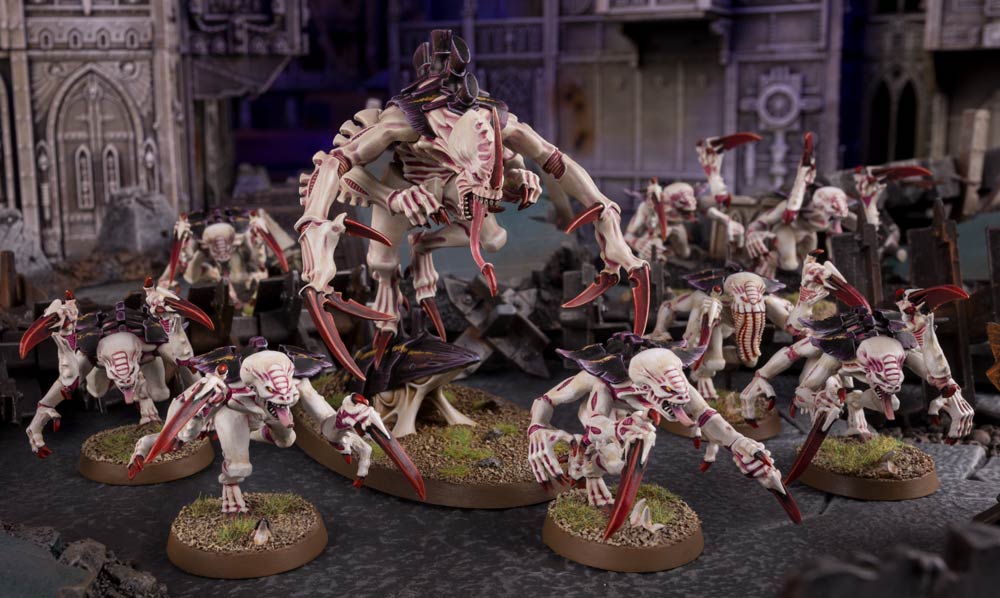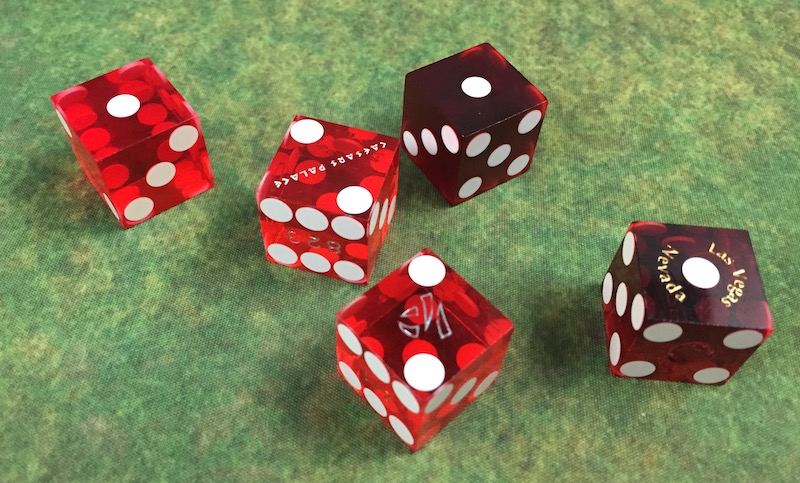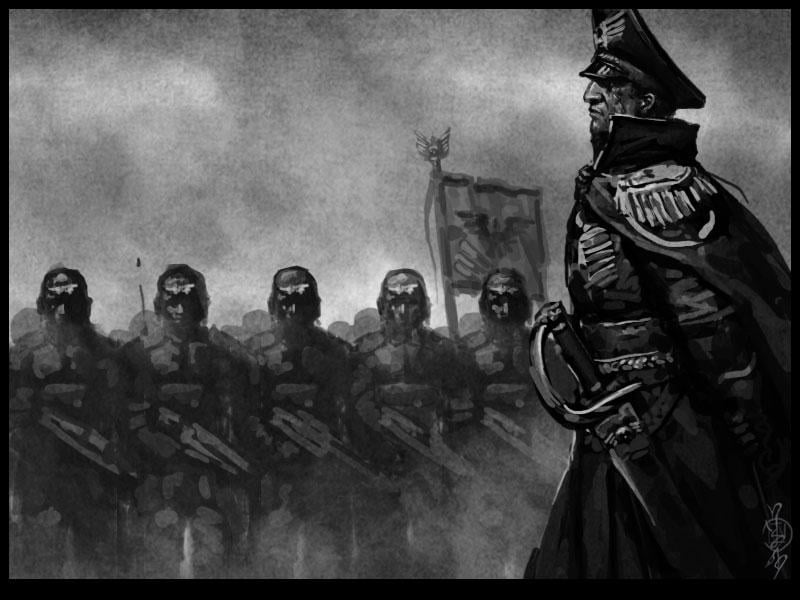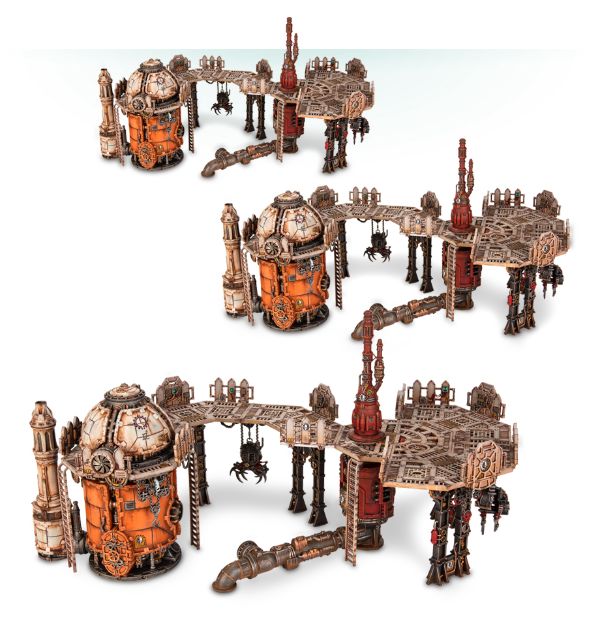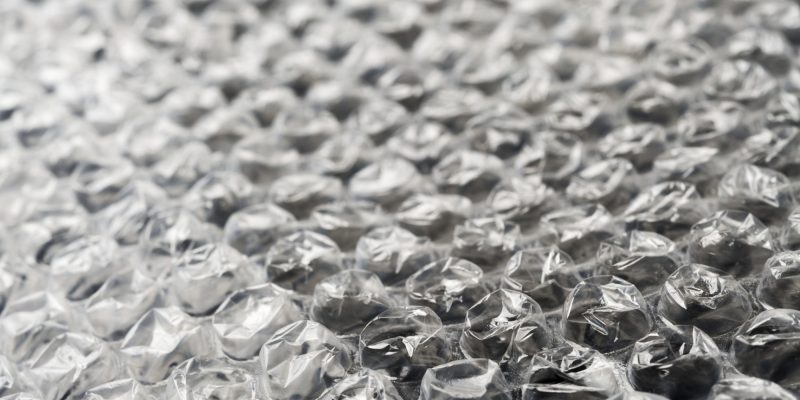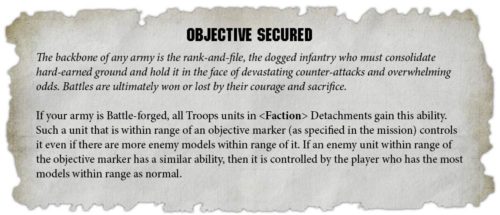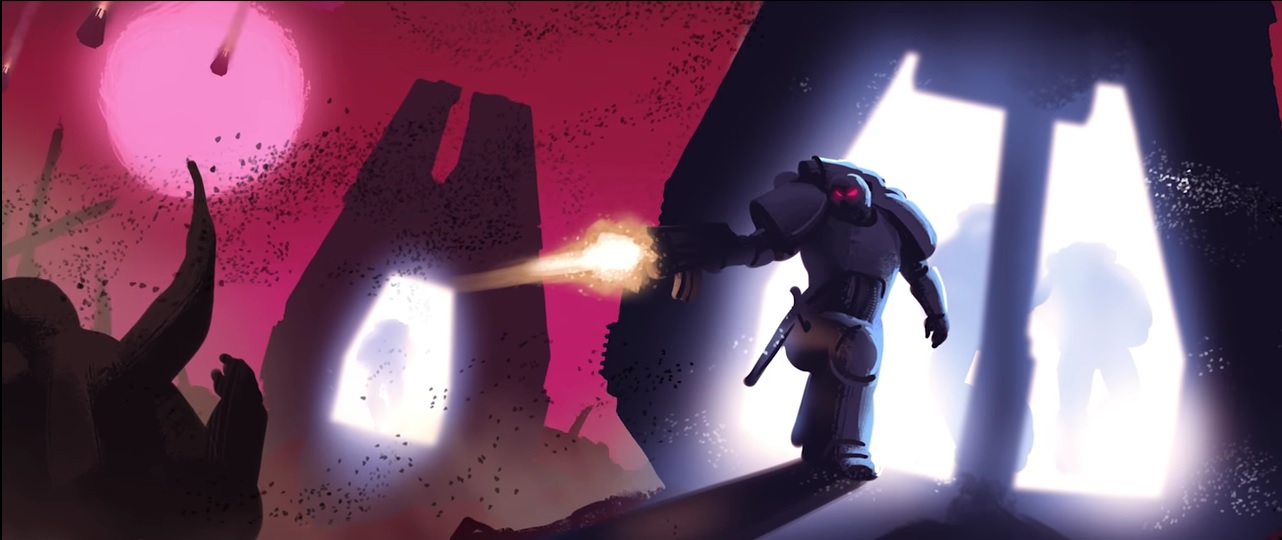40K: 8th Edition’s Alpha Strike Problem


Boy, that escalated quickly. Warhammer 40K 8th has brought the BOOM for going first – Prepare for the Alpha Strike.
Few dice rolls have an impact on your game of Warhammer 40k as much as the roll to see who goes first (and possibly the follow-up ‘Seize the Imitative’ roll). That roll has become very important due to the prevalence of the Alpha Strike – that’s when an Army’s first barrage is so powerful that it can effectively cripple or even destroy the enemy in a single turn. This devastating attack could be an army wide thing, or it could be built around a particular unit/units – but whatever it is, the attack could theoretically be game ending.
The game of 40k used to be dominated by armies that could dump long range firepower on an opponent. The Leafblower era is a classic example of this. However, with the changes to assaults and “deepstrike” type rules, Melee armies are getting in on this too. Tyranids, as an example, can catapult a unit of Genestealers 16″+ 2d6″ across the board on turn one with the Swarmlord’s Hive Commander ability – and they still get their 2d6 charge at the end of it! Alternatively, they could drop the unit in via a Trygon tunnel or Spore Pod along with a Swarmlord and guarantee a turn 1 charge as well.
In a strange way, this new dynamic of many Melee-focused armies having a way to get in a turn one charge has helped to ‘balance’ the Alpha Strike of shooting vs melee. But the core issue is that BOTH style of armies can effectively Alpha Strike to begin with! Is this working as intended? Is this good for the game? Is there a way to prevent it? These are the questions I have been asking when considering Warhammer 40k’s Alpha Strike problem.
Working As Intended…Right?
40k is a game set in a universe where there are literal Planet-killer Spaceships that exist. Armies use “modern” tactics with artillery and airstrikes. Orbital Bombardments from SPACESHIPS rain death upon targets they can’t even see. On a much higher level the Alpha Strike shouldn’t just exist – it should be HOW these battles are fought. If you think about it, the weapons that are on the tabletop aren’t really representative of the “real” ranges. Barring terrain, all armies should look like a massive gun-line ready to blast it’s enemies to death. Some folks would make the case that these battles only represent a small fraction of the over-all conflict. Or they represent two forces that have already weathered the long range fired and have closed to engage. I get that – but if you think about it, we’re all suspending some disbelief for it to work.
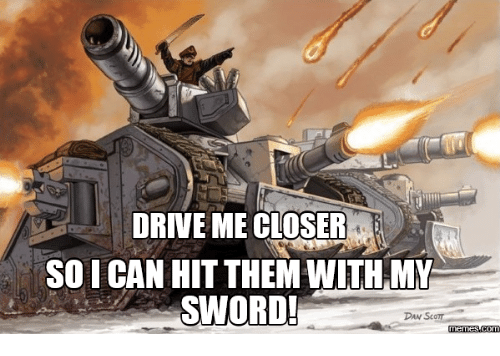 With that lens, Alpha Strikes make logical sense – but they don’t make for an engaging tabletop wargame. That’s why we have things like the deployment steps and range limits on the weapons. Players want to move their plastic dudesmen around the tabletop top and have it matter. At the same time, you can still take that same artillery or massive warmachine that spits hot death at it’s targets and that also needs to be represented.
With that lens, Alpha Strikes make logical sense – but they don’t make for an engaging tabletop wargame. That’s why we have things like the deployment steps and range limits on the weapons. Players want to move their plastic dudesmen around the tabletop top and have it matter. At the same time, you can still take that same artillery or massive warmachine that spits hot death at it’s targets and that also needs to be represented.
On the melee-centric side, these units are capable of moving at blazing speeds or can drop in so close and surprise their opponent that they can bring their deadly melee weapons to bare. Does this make sense in a future where servo-skulls can scan the battlefield and warn you of impending deepstrikers or “tunneling” units? No – but it’s a balancing act between suspension of disbelief (again) and a fun wargame to play on the tabletop.
From a Game Design perspective, it’s a case of “if everyone has the ability to do it, then it’s okay.” The problem with Alpha Strikes is that some players would consider them a Dominant Strategy.
via gametheory.net
Dominant Strategy. A strategy is dominant if, regardless of what any other players do, the strategy earns a player a larger payoff than any other. … Depending on whether “better” is defined with weak or strict inequalities, the strategy is termed strictly dominant or weakly dominant.
That definition seems to fit pretty well. Regardless of what the other player does, if the player that goes first has an Alpha Strike list and executes it, then the other player loses a significant portion of their army possibly costing them the game. That seems like a pretty large payoff to me.
Is this working as intended? Based on the facts that those are the rules in print and we seem to be getting more ways to achieve an Alpha Strike (and they aren’t getting FAQ’d out), yes. The Alpha Strike isn’t going anywhere.
Alpha Strikes – Let The Good Times Roll?
The roll to go first can be SUPER important for the Alpha Strike armies. Is this good for the longevity of the game? Or what about the game as a whole?
For years, there were times that even considering a melee-focused army was immediately discounted. For entire editions of 40k, melee played second fiddle to shooting. As mentioned above, the fact that melee armies can now ALSO Alpha Strike is kind of a big deal! It might not be as effective or “safe” as shooting your opponent at range – there are more risks involved (Overwatch, failed charge rolls, getting attacked back) but at least melee has a fighting chance. That’s a marked improvement over what it used to be.
I think this has been a good change for the arguments of melee vs shooting, but I’m not sure if it’s a net positive for the game as a whole. On the flip side the randomness of the dice can mess with Alpha Strikes quite a bit. There is a case to be made that because the Alpha Strikes do rely on a random factor that they are okay and even fun. We’ve all had those turns where our shooting didn’t pan out how we hoped. Or where our opponent flubbed more than a few rolls for the round and luck seemed to smile upon us.
Unfortunately, you can’t really count on that luck to work out. While #PlanRoll6s does work out, it only works out when you follow it exactly. You can’t control the way the dice fall – if you could you should be playing Craps in Vegas and getting rich. What you can control is your ability to create the scenarios where you have a chance at rolling those dice, forcing your opponent to make saves or take damage. Alpha Strikes tip the scales in your favor so that when you DO get the chance to execute them, they can win the game for you.
But players hate the idea that the first die roll of a game will seal their fate. Paradoxically, players seem okay with a single die roll determining the fate of the game – as long as it happens at the END of the game and not at the beginning.
Don’t Alpha Strike Me, Bro
Alpha Strikes, like them or not, are a part of the game now. But if they are working as intended and the Game Designers understand the basics of war gaming (they do), then would it be a safe bet that they also introduced things to help curb the Alpha Strike? I think so – there are counter-strategies to the Alpha Strike so lets talk about some of those.
Terrain, Terrain, Terrain! – I don’t think I can emphasize this enough. Step one to avoiding the Alpha Strike is playing on a board with appropriate amounts of Cover and Line of Sight Blocking Terrain. Some gaming clubs can and do play with packed boards full of massive terrain. Other players might not have access to a bunch of fancy terrain – but you’ve got to make due with what you have. A good general rule is have enough terrain to cover at least 25% of the board. And have some stuff that blocks line of sight – not just a bunch of craters.
At the same time, unless you’re playing a city fight game, you should try not to swing in the other direction. Too much terrain can make Melee armies dominate as they run from LoS blocking to LoS blocking terrain and get the jump on the shooty units. Unfortunately, these types of things can be in the eye of the beholder. But if you’re not trying to place terrain for advantage and both players are participating in the placement then you should have a board both players agree on. And don’t forget that you’re suppose to roll to see which side of the table you end up on…
Bubble-Wrap is the concept of putting some padding units around your sensitive units. Most armies have some way to do this with a cheap troop choice. If your army doesn’t have a good “bubble wrap” unit, you might want to look at your Infiltrators. Why? Because you can deploy those far enough out of your “main line” that you’ll actually push the legal “deepstrike” area out for your opponent. Bubble Wrap can also be considered area denial units as well which is a BIG change in 8th.
Unfortunately, this might not help too much when facing shooting lists who can simply fire over your Bubble Wrap units – the good news is those units are still useful in your army, especially if they are Troops. That brings us to the next point…
Playing to the Scenario – most games of 40k are more complex than simply “kill’em all” – although that is an option. When you’re in the middle of the game you need to keep the objectives in mind. I can’t count the number of games I’ve played or have seen where the person “losing” suddenly “came from behind” to pull out a win. I don’t think it’s all that uncommon – I think the player who just fell behind might have lost sight of the goal/objective and got carried away with simply killing stuff. Stay focused on the Objectives and how you can achieve those. How can YOU mitigate your opponent’s advantage while boosting your own? Play the scenario, don’t quit and…
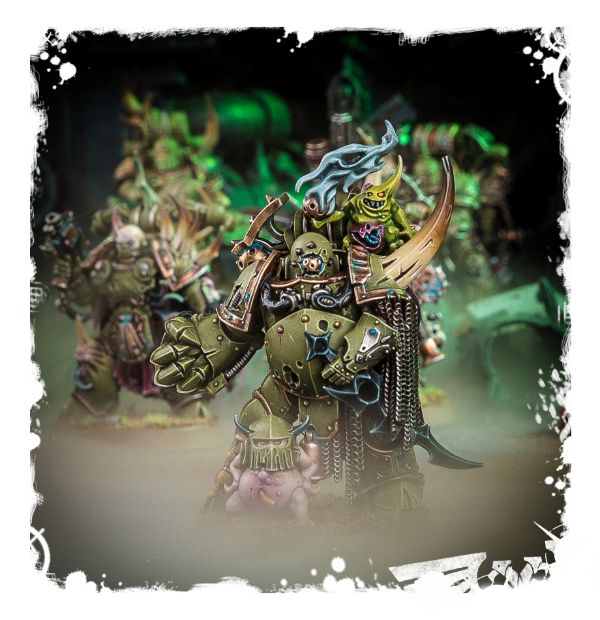 Be Tough. Some armies just have to rely on their armor and toughness to power through that first turn of getting wailed on. If you’re not playing an Alpha Strike Army, do you have a way to make your units tougher? Either extra re-rolls on your saves from Psychic Powers or bonuses to your cover – or debuffs to your opponent’s ability to damage you. Those are all things you have to plan for. Hopefully you’re considering this during your list building. Once you’ve got that settled, now you need to deploy in a way that makes you ‘tough’ as well (see Terrain, Terrain, Terrain! above)..
Be Tough. Some armies just have to rely on their armor and toughness to power through that first turn of getting wailed on. If you’re not playing an Alpha Strike Army, do you have a way to make your units tougher? Either extra re-rolls on your saves from Psychic Powers or bonuses to your cover – or debuffs to your opponent’s ability to damage you. Those are all things you have to plan for. Hopefully you’re considering this during your list building. Once you’ve got that settled, now you need to deploy in a way that makes you ‘tough’ as well (see Terrain, Terrain, Terrain! above)..
Counter Deployment / Counter Strike – This one seems like the biggest/obvious answer to dealing with the Alpha Strike. Unfortunately I can’t really explain this in a single paragraph but the concept is relatively simple. When you see that your opponent is going to be able to drop a ton of fire power or pull off a turn one charge during setup, you’ve got to adapt to that. The game doesn’t start when the roll for first turn starts – it starts the moment you’re setting up.
That’s why I love having units that can switch-hit in my armies. Flyrants are my current favorite example of this – they now have the OPTION to “Deepstrike” instead of deploying on the board. If I know my opponent is going to try to shoot them turn one, why not keep them off the board and deploy them when it’s going to benefit me and not them? Take a look in your army list and see what you have available. You might come up with something clever!
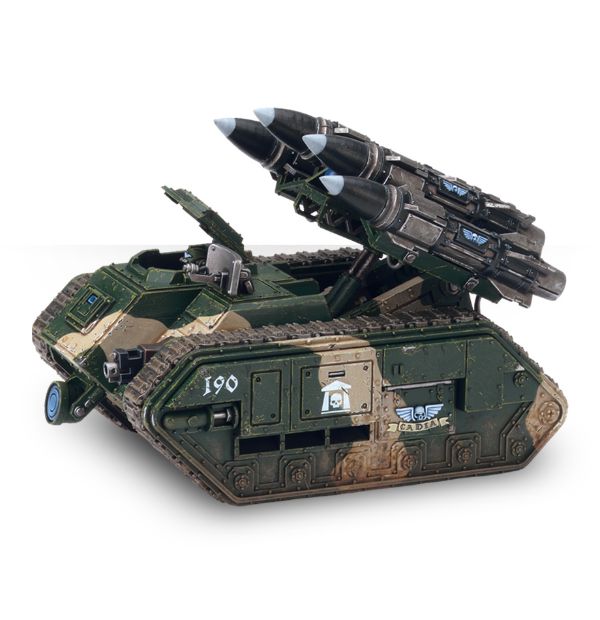 If you see a few of these – get ready to duck
If you see a few of these – get ready to duck
The Alpha Strike is a thing in Warhammer 40k. Is it a problem? It can be! If you want to be successful in your games you’ve got to plan ahead and be prepared to deal with it. Burying your head in the sand will only get the rest of you blown away (or ripped to shreds in melee).
How do you deal with the Alpha Strike problem? Let us know in the comments below!

